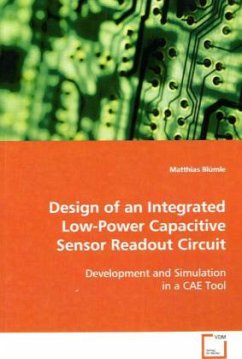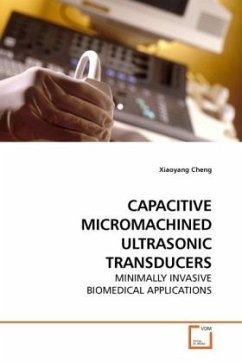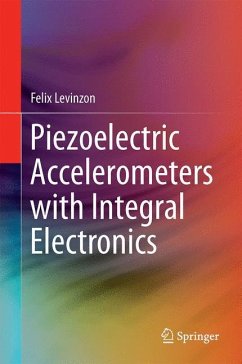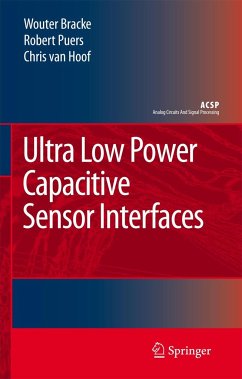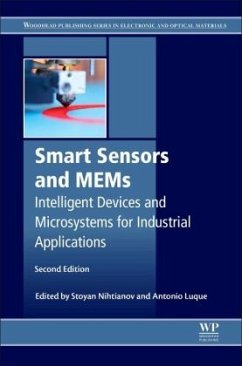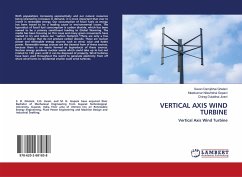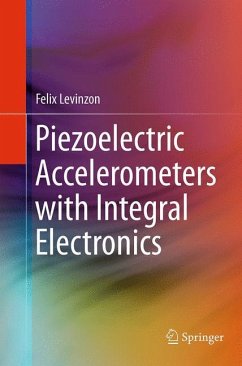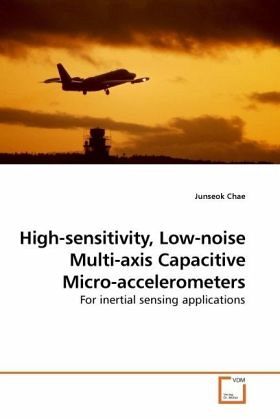
High-sensitivity, Low-noise Multi-axis Capacitive Micro-accelerometers
For inertial sensing applications
Versandkostenfrei!
Versandfertig in 6-10 Tagen
45,99 €
inkl. MwSt.

PAYBACK Punkte
23 °P sammeln!
High performance, micro-g resolution, small size, low cost, low power accelerometers are needed in many applications such as inertial navigation, Unmanned Aerial Vehicles (UAVs), and GPS augmentation. Several sensing methods have been used, including piezoresistive/electric, resonant, tunneling, and capacitive techniques. Capacitive sensing has several advantages in terms of high sensitivity, stable DC-characteristics, low power dissipation, low temperature sensitivity, and low noise floor. This research work demonstrates full functionality of high- sensitivity, low-noise capacitive multi-axis...
High performance, micro-g resolution, small size, low cost, low power accelerometers are needed in many applications such as inertial navigation, Unmanned Aerial Vehicles (UAVs), and GPS augmentation. Several sensing methods have been used, including piezoresistive/electric, resonant, tunneling, and capacitive techniques. Capacitive sensing has several advantages in terms of high sensitivity, stable DC-characteristics, low power dissipation, low temperature sensitivity, and low noise floor. This research work demonstrates full functionality of high- sensitivity, low-noise capacitive multi-axis accelerometers. In order to achieve micro-g resolution, two different structures have been utilized: a Silicon-On-Glass (SOG) accelerometer, and an all-silicon accelerometer. A monolithic fabrication technique for Post-CMOS MEMS is also developed. Finally, a 3-axis single-chip accelerometer is presented. The 3-axis accelerometer shows 3pF/g sensitivity and sub- g/rtHz mechanical noise floor. The 3-axis accelerometer with the readout circuit provides noise floor of 1.6 g/rtHz and 1.1 g/rtHz for in-plane and out-of- plane devices, respectively.



